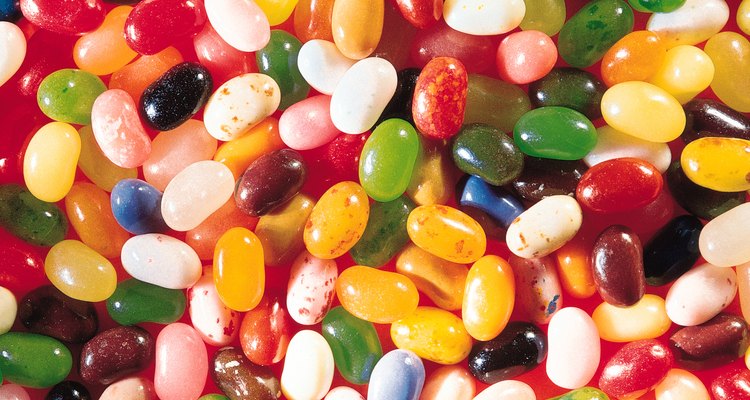
Comstock/Stockbyte/Getty Images
Jelly beans themselves date back to the penny candy craze of the late 1800s, but in 1976, an American confectioner by the name of Herman Goelitz Rowland, Sr. introduced the Jelly Belly and changed the jelly bean landscape forever. Jelly Belly jelly beans come in over 50 different flavor profiles, allowing you to mix and match flavor combinations for a truly mouth-watering candy experience.
History
Herm Goelitz had already established a successful candy company by the mid-1970s when a business associate approached him about making jelly beans from all-natural ingredients in a wide variety of flavors. Jelly Belly introduced the first eight original flavors in 1976: Very Cherry, Lemon, Cream Soda, Tangerine, Green Apple, Licorice, Root Beer and Grape. When Ronald Reagan took office as President of the United States in the 1980s, he had already been enjoying Jelly Belly jelly beans for years as governor of California. The Jelly Belly company developed the Blueberry flavor in order to create a display of red, white and blue jelly beans at presidential parties. In 1983, the Jelly Belly became the first jelly bean in space.
Ingredients
All Jelly Belly jelly beans vary in terms of the specific ingredients that give them their flavor, but all also share the same fundamental ingredients that make them a jelly bean: sugar, corn starch and glucose syrup. The Jelly Belly company does not disclose the specific ingredients used to give flavor, and are only required to list them as “natural flavoring.”
Nutritional Data
One Jelly Belly jelly bean contains 4 calories, making a standard serving size of 25 pieces add up to 100 calories. One serving size also contains 25 g of carbohydrates, all of which are sugars. Due to the limited ingredients in Jelly Belly jelly beans, there are no other significant nutritional values in the candy.
Considerations
Jelly Belly jelly beans are certified Kosher and don’t use any type of animal product, making them safe for vegetarians to snack on. However, some vegans may have concerns about the candy treat due to the use of beeswax and confectioner’s glaze used to create the hard outer shell and shine of the Jelly Belly. Jelly Belly also certifies its candy to be gluten-free, making it a suitable snack for people allergic to wheat gluten.
Sugar-Free Jelly Belly
For those concerned with the sugar content of Jelly Beans, the company offers a sugar-free variety. Made with Splenda sweetener and malitol, sugar-free Jelly Belly candies offer an alternative for people on a low-carb diet or parents concerned about sugar intake in their children.
Related Articles

Nutrition Facts for Tootsie Rolls

The History of Caramel Candy
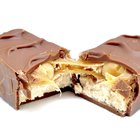
How Many Calories Are in a Fun Size ...

Brands of Jams & Jellies
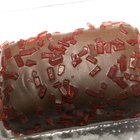
FDA Standards of Chocolate Identity

Ingredients of Candy Bars

Nutrition Information for Nabisco Teddy ...

Ingredients in Becherovka

How Many Types of Chocolate Are There?

The History of Nestle Chocolate
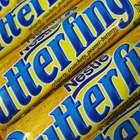
Butterfinger Candy Bar Facts

Bojangles Patio Red Cherry Soda ...

Which Country Produces the Most ...

Swiss Chocolate Facts

Goldfish Nutrition Information
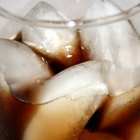
Soft Drinks Made With Splenda

Nutritional Information on Junior Mints

The Ingredients in Clif Bars

Chocolate Martini: How Many Calories?

Substitute for Framboise Liqueur
References
Writer Bio
James Patterson specializes in health and wellness topics, having written and produced material for the National Institutes of Health, the President's Cancer Panel and an Inc. 500 Hall of Fame company. He is also a former sportswriter with writing experience in basketball, baseball, softball, golf and other popular sports.
Photo Credits
Comstock/Stockbyte/Getty Images